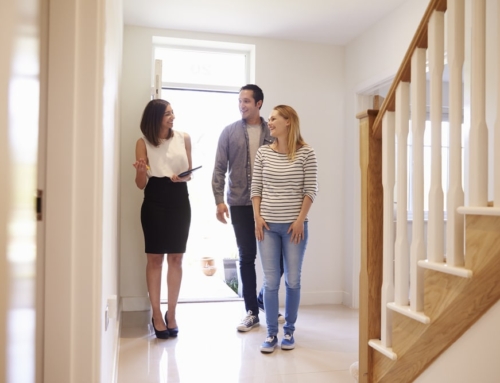Q: With a reverse mortgage, does the borrower receive monthly payments from lender or is it a lump sum?
A: A reverse mortgage comes in various shapes and sizes. To qualify, you have to be at least 62 years of age, or your spouse has to be at least 62, to qualify for a reverse mortgage. Also, the reverse mortgage is available only for your primary residence. If you have a mortgage on your property, you’ll need to pay it off before you can receive any cash from the reverse mortgage.
You should know that upfront fees on reverse mortgages are much higher than for conventional mortgages. For some people, these upfront fees and costs are a deterrent to obtaining a reverse mortgage.
If you decide to proceed with a reverse mortgage, there are three ways in which you can obtain the cash: You can get a lump sum, structure payment into an annuity that provides you with cash each month for a certain period of years or for life, or set up an account similar to a home equity line of credit (HELOC), which you can draw down as you need it. You can also mix and match these three types of fund withdrawals to meet your needs.
The formula for how much you can withdraw is based partly on age, your home’s value and whether you have a mortgage or other lien against the property. The older you are the most you’ll be able to get in a reverse mortgage.
The reverse mortgage does not get paid back until the home is sold or the owners move out permanently.
If you’re interested in finding out more about a reverse mortgage, please talk to a HUD-certified housing counselor, who can direct you to lenders and housing counselors who specialize in reverse mortgages. You’ll need to take a reverse mortgage education class as part of the qualifying for the loan.
Reverse mortgages are also known as a home equity conversion mortgages or HECM.
For more information on reverse mortgages, take a look at the Reverse Mortgage Topic Page.







Leave A Comment